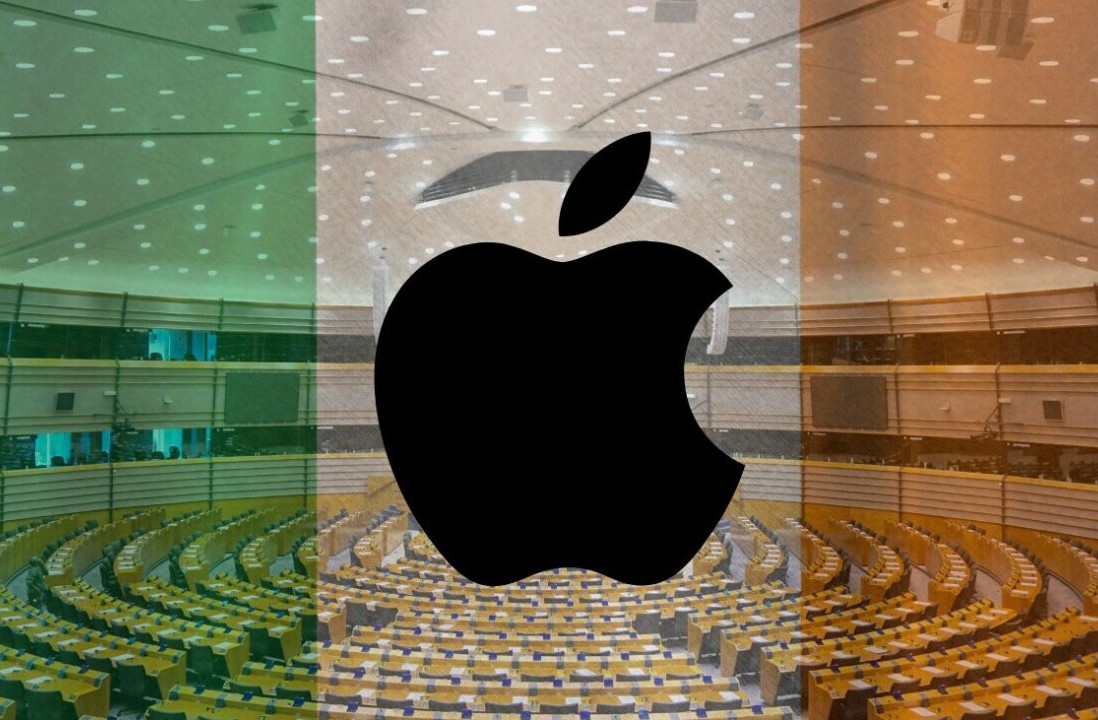
Barely a week has passed over the last couple of years without rumour, leaks or ‘irrefutable proof’ that Apple will introduce a lower-cost iPhone aimed squarely at developing markets.
The iPhone has arguably been the stand-out piece of technology produced in the last ten years, and perhaps beyond. Its launch helped bring much change to the telecom industry, the rise in mobile Internet usage, camera phones, mobile gaming, mobile social networks and more can be attributed to the emergence of this iconic device.
Yet, in Asia, the iPhone effect is notably less evident.
Yes, it is common amongst geeks, gadget-lovers and followers of fashion – the latter being a new audience – but beyond these niches of sufficiently affluent Asians, the iPhone has hit a block.
It is its cost ceiling that is restricting the iPhone’s growth in a number of developing markets, including India, Indonesia and China – three countries which account for more than 2.7 billion people.

As Bloomberg notes, Apple sells fewer devices in India than it does in Norway, with struggling duo Nokia and RIM leading the country’s smartphone market, a market that is predicted to grow 70% over the next three and a half years.
Given what is at stake, it is no wonder that the lower-cost iPhone rumour-mill is always turning.
Let’s look at the background and potential significance of a lower-cost iPhone in a little more detail.
Cost and rivals
While most mobile users in the West are used to seeing their device subsidised (or part subsidised) by their operator when they purchase a long-term contract, such an arrangement simply does not exist in most of Asia.
With consumers expected to pick up the tab for their device and monthly tariff, the likes of RIM, Nokia and Android manufacturers have seized the initiative and offer smartphones with the usual set of services – music player, mobile Internet, instant messaging, games, apps, etc – at a fraction of the cost of an iPhone.
In Thailand, for example, a BlackBerry Curve can be yours for a little over $200, that’s a small fraction of the (circa) $750 priced 16Gb iPhone.
Imagine the potential a device at half the price could have for opening new market opportunities.
BlackBerry Messenger
BlackBerry Messenger is established as the glue that has built RIM a sizeable empire in the continent, and particularly within Southeast Asia.
In the days when Apple had agreements with few operators in Asia, BlackBerry put considerable work into the region, forming alliances with operators and pushing aggressive, local marketing through the media and influential celebrities.
BlackBerry Messenger (BBM) was marketed as a key feature of the devices and, in markets such as Indonesia and Thailand. It is so popular that it has become the single reason for many new BlackBerry purchases, who those who want to keep up with friends on the service.
Cross platforms messaging apps, such as WhatsApp, are showing potential to break BBM’s dominance but they really need a catalyst. It would be interesting to observe how a more affordable iPhone would affect future smartphone purchasing decisions.
More than just a game changer
If the rumours are true and Apple launches a lower-entry device – either as a so-called iPhone 4S or a lower-memory iPhone 5 – the move will not just be a game changer, it will turn the mobile market in Asia on its head.
BlackBerry and Nokia, whose success in Asia helps offset issues in the west, would come under intense pressure to produce a true rival smartphone, or else further cut prices, while one of Android’s key assets, its affordability, would be put to the test.
For many Asian smartphone buyers, Android, BlackBerry or Nokia represent a compromise. A slightly lower-quality experience but with a potential cost saving.
If Apple were to compete at a more level price range, this rationale would be destroyed giving smartphone buyers an opportunity to buy based on their preferred device and aspirational user experience alone.
Enter Tim Cook
Apple’s new CEO Tim Cook is a man who doesn’t need convincing of the potential in Asia, and more specifically China.

Apple is already performing well in China, and Cook met with China Mobile executives earlier this year to trash out a partnership with the country’s largest operator , having previously admitted that China was “very key” to recent earnings results earlier this year.
One look at the newly opened Apple store in Hong Kong, the company’s most expensive store ever, shows that it means business in Asia.
However…
Apple has resisted the temptation to compromise performance and device spec on cost thus far, so there is no guarantee that it will present a lower-priced device, despite all the speculation.
The Apple brand stands for top quality and it is not known for compromising performance for any reason.
That isn’t to say that a lower-priced iPhone would perform poorly – Apple is known and loved for always producing quality performing products – but from the outset, Apple has never considered that the development of a more affordable device merits the necessary technical sacrifices, so it could yet stick to its guns.
The upcoming version will be iteration five of the iPhone, which gives plenty of scope to sell previous versions of the device at lower cost without altering device speed or memory. This could be an alternative avenue to explore for gaining market share outside of its existing strongholds.
Even in the event that Apple doesn’t introduce a lower-priced device, the never-ending speculation is unlikely to go away. The business case and significance of emerging markets – including regions like Africa and South America – is too great for even Apple to ignore.
Asia is waiting, will Apple deliver this time?
Get the TNW newsletter
Get the most important tech news in your inbox each week.




